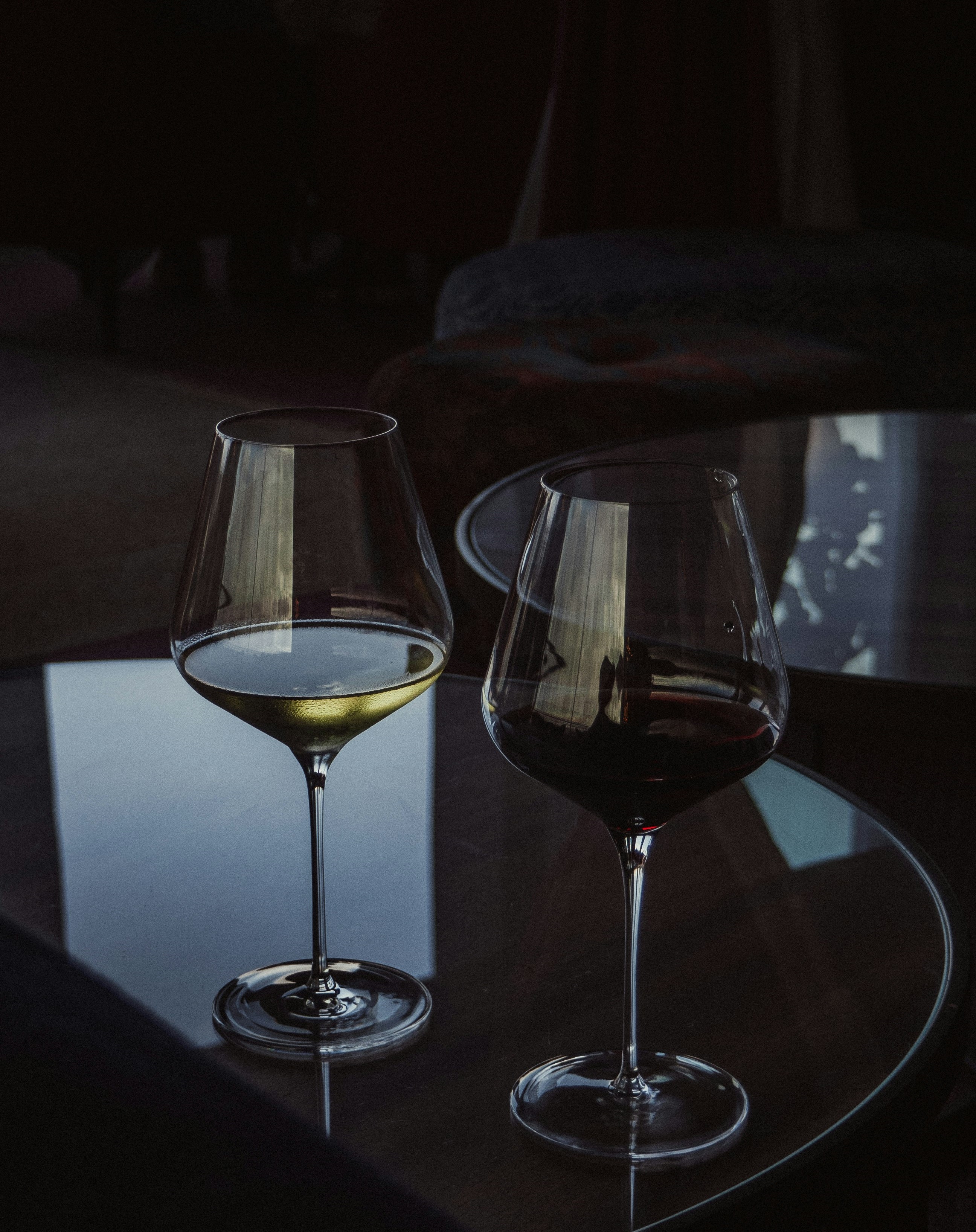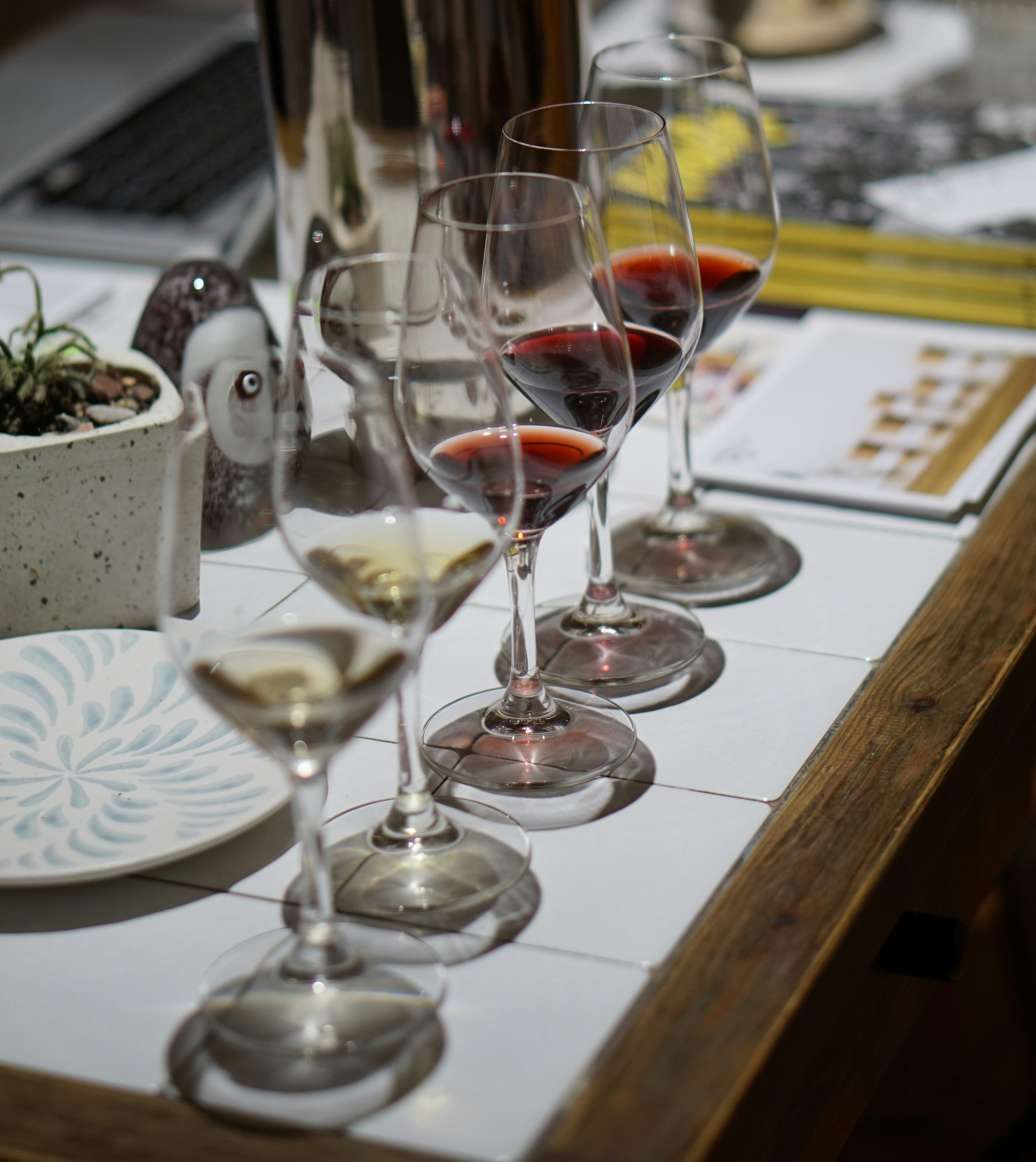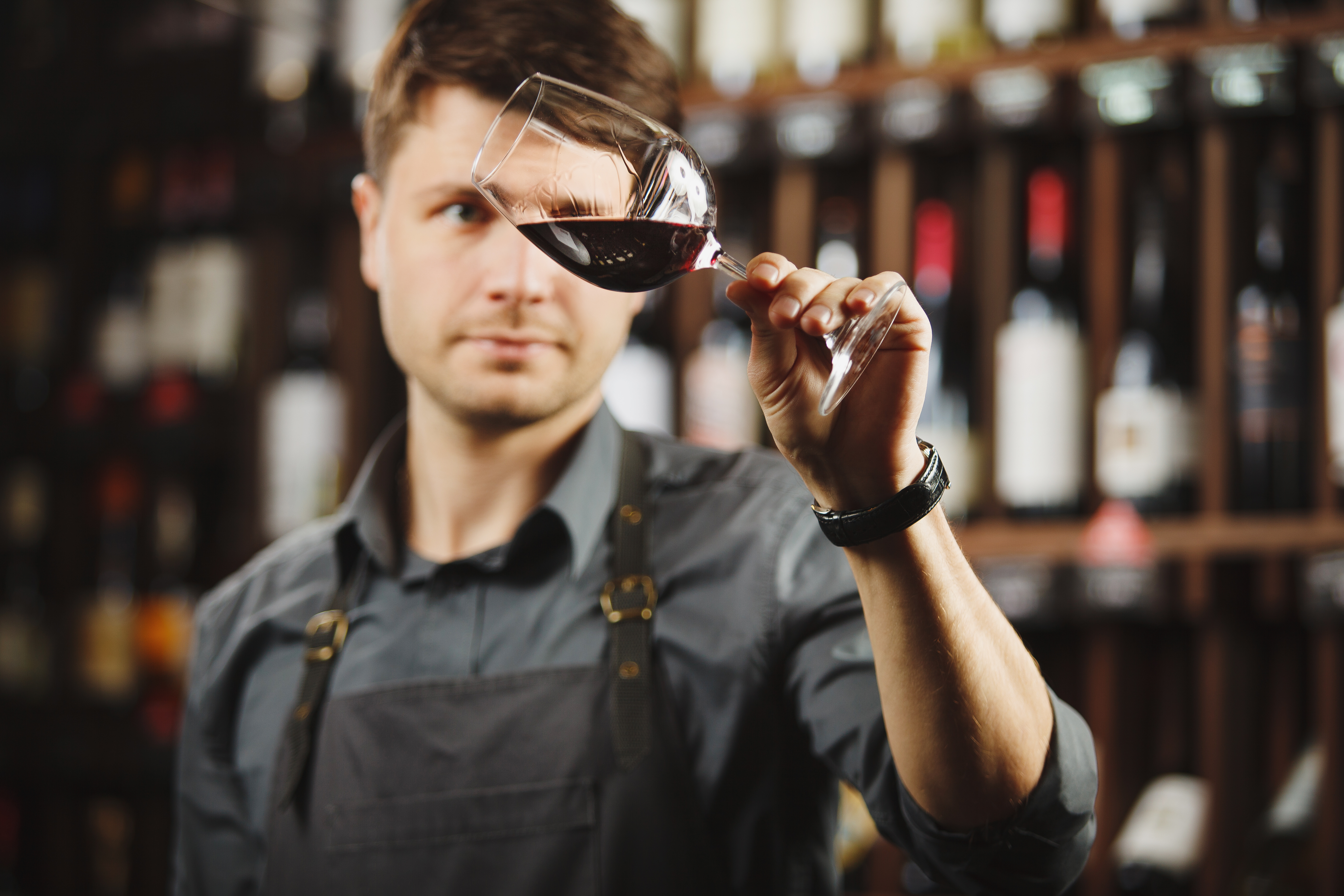Swirling, sniffing, sipping—what may seem like a performance is, in truth, a quiet act of reverence. Wine tasting remains one of the last shared rituals at the modern table, where each glass offers not just flavour, but connection, story, and a little moment of magic.

Dining out is an orchestration of the senses—a symphony of aroma, sound, and anticipation. But for many, the real overture begins not with the arrival of a dish, but the quiet appearance of the wine list. That slender menu, simple as it seems, signals the beginning of a different kind of experience. In that moment, choosing a wine becomes more than a transaction—it becomes an act of meaning.
It often starts with a pause. The guest studies the list with the intensity of a scholar, eyes scanning vintages and varietals like familiar chapters in a well-worn book. This isn’t just about ordering a drink. It’s about choosing a partner for the meal—something that will reflect, contrast, or elevate each bite that follows.

Once the bottle arrives, the ritual gently unfolds. The label is shown, and there’s a brief, respectful moment of inspection. “A 2019,” someone may remark, the year carrying more emotional weight than encyclopaedic knowledge. Sometimes there are soft questions about aging or terroir—not to quiz, but to explore. To be curious. To honour the journey of the wine from vine to table.
And then comes the theatre—the swirl. A practiced flick of the wrist sets the liquid in motion, coaxing aromas to the surface. The glass is raised, and the guest leans in, nose hovering just above the rim. They breathe in—not just the bouquet, but perhaps a memory. “Peach? White pepper? Something herbal?” they murmur, less to impress than to engage with what’s unfolding in the glass.

The sip follows. A pause. Silence. Then a nod, a smile, or simply a soft “that’s lovely.” No fanfare, no elaborate metaphor—just the quiet joy of a discovery. Whether it’s a playful Pinot Grigio or a brooding Syrah, the experience is not about mastery. It’s about presence.
Some go a step further, suggesting pairings across the table: “This would be perfect with the grilled sea bass,” or “You should try this with the lamb—it’ll sing.” These offerings are less about authority and more about enthusiasm. They transform the table into a conversation of flavours.
Of course, there are moments when things get theatrical. A swirl too grand. A tasting note too poetic—“sunlight through orchard leaves,” perhaps. But even these flourishes have their place. Wine, after all, invites emotion. And emotion, like wine, benefits from freedom.
At its heart, wine tasting is not about showing off. It’s about showing up. It’s a moment to pause, to connect, to pay attention. In a fast world where meals are often hurried and phones rarely down, this quiet ritual asks us to slow down and savour.

Because wine is not just something we drink. It’s something we experience—with our senses, our stories, and one another. And that experience, however small, deserves to be held with a little care.
So the next time someone swirls a bit too earnestly or waxes lyrical about minerality and stone fruit, smile and let them have their moment. In that glass, they may not just be tasting wine.
They may be tasting wonder.